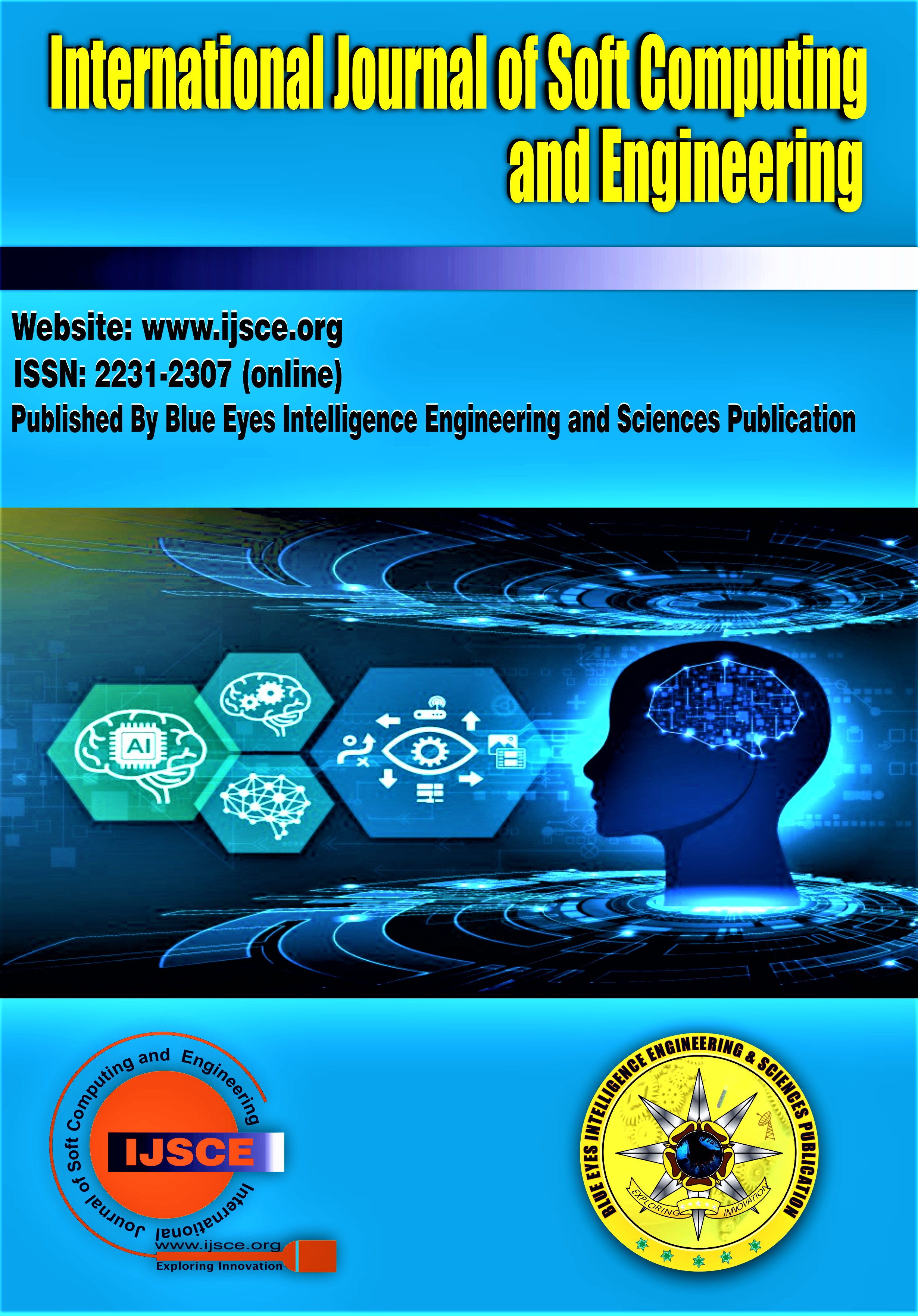Neura Soul and the AI Mind: Emotional Memory, Digital Identity, and the Psychology of Consumer Choice
Main Article Content
Abstract
This paper explores how NeuraSoul, a multimodal AI system with emotional memory, intersects with behavioural economics to shape consumer decision-making. AI-driven features such as personalised recommendations and targeted advertising are rooted in behavioural design, strategically crafted to influence purchasing behaviour. Case studies of organisations like Amazon, Netflix, and Google offer valuable insights into how AI engages with buyer psychology. While NeuraSoul and similar technologies enable deeper personalisation and business optimisation, they also raise significant concerns regarding data privacy and potential psychological manipulation. This research aims to examine the functional role of AI within these domains, evaluate its psychological and economic impacts, and uncover the mechanisms through which it exerts influence. Ultimately, the findings will shed light on how AI, such as NeuraSoul, transforms consumer behaviour and what that transformation means for modern businesses.
Downloads
Article Details
Section

This work is licensed under a Creative Commons Attribution-NonCommercial-NoDerivatives 4.0 International License.
How to Cite
References
Dr. K. P. Yadav and Dr. Sandeep Kulkarni, "Predictive modelling in astronomy using machine learning: A comparative analysis of techniques and performance evaluations, "European Chemical Bulletin, vol. 12, no. Special Issue 5, pp. 2431–2439, 2023,
DOI: http://doi.org//10.48047/ecb/2023.12.si5a.0128
Dharwadkar, R., Deshpande, N.A.A medical chatbot. Int. J. Comput. TrendsTechnol. (IJCTT) 60, 41– 45 (2018).
https://www.ijcttjournal.org/archives/ijctt-v60p106
Dr. K. P. Yadav and Dr. Sandeep Kulkarni, "Prognosticative approach for intensifying e-commerce and pharmaceutical industry with artificial intelligence in cybernetics, "Journal of Pharmaceutical Negative Results, vol. 13, no. Special Issue 8, 2022,
https://www.pnrjournal.com/index.php/home/article/view/5862
Montenegro JLZ, da Costa CA, da Rosa Righi R. Survey of conversational agents in health. Exp. Syst. Appl. 2019; 129: 56–67.
https://pmc.ncbi.nlm.nih.gov/articles/PMC10519706/
Dr.K. P. Yadav and Dr.Sandeep Kulkarni, "Deep scrutiny of compilers in industry with estimating on conglomerate factors," Journal of Critical Reviews, ISSN-2394-5125, vol. 7, no. 11, 2020. https://holub.com/goodies/compiler/compilerDesignInC.pdf
KC, G.P., Ranjan, S., Ankit, T., Kumar, V.: A personalized medical assistant chatbot: Medibot. Int. J. Sci. Technol. Eng. 5(7) (2019). https://www.ijste.org/articles/IJSTEV5I7013.pdf
Dr.K. P. Yadav and Dr.Sandeep Kulkarni, "Optimizing compilers through parallel processors and memory performance observing as a combined approach," International Journal of Psychosocial Rehabilitation, vol. 24, no. 1, 2020, ISSN: 1475-7192.
https://www.psychosocial.com/index.php/ijpr/article/view/928/823
Hoermann S, McCabe KL, Milne DN, et al. Application of synchronous text-based dialogue systems in mental health interventions: Systematic review. J Med Internet Res 2017; 19(8): e267. DOI: https://doi.org/10.2196/jmir.7023
Dr.K. P. Yadav, Dr.Sandeep Kulkarni, and Naveen Kulkarni, "Paramount feat to sway and purge pollution by adopting computational intelligence," Turkish Journal of Computer and Mathematics Education, vol. 12, no. 3, pp. 3353-3358, 2021.
https://turcomat.org/index.php/turkbilmat/article/view/1595
Ghosh S, Bhatia S, Bhatia A. Quro: Facilitating user symptom check using a personalised chatbotoriented dialogue system. Stud Health Technol Inform 2018; 252: 51–56. https://pubmed.ncbi.nlm.nih.gov/30040682/
Dr.K. P. Yadav and Dr.Sandeep Kulkarni, "Predictive modelling for enhancing e-commerce industry with artificial intelligence," NeuroQuantology, An Interdisciplinary Journal of Neuroscience and Quantum Physics, vol. 20, 2022, ISSN: 1303-5150. https://www.ijcrt.org/papers/IJCRT2505026.pdf
Hitchman, S. The Details of Conceptual Modelling Notations are Important—A Comparison of Relationship Normative Language. Commun. Assoc. Inf. Syst. 2002, 9, 10. DOI: https://doi.org/10.17705/1CAIS.00910
Dipans Verma, Dr. Sunil Dhaneshwar, Dr. Sandeep Kulkarni, Dr. Bharti V Nathwani, "Harnessing large language models for advancing mathematical biology: A new paradigm in computational science,"Journal of Population Therapeutics and Clinical Pharmacology, DOI: http://doi.org//10.53555/dhwvb414
Lal, N.A.; Prasad, S.; Farik, M. A Review of authentication methods. Int. J. Sci. Technol. Res. 2016, 5, 246–249.
https://www.researchgate.net/publication/311514269_A_Review_Of_Authentication_Methods
Dr. Sandeep Kulkarni, Prof. Prini Rastogi, Prof. Nitish Kumar, Prof. Prachi Bhure, Prof. Nilia Chapke, "Advancing diabetes prediction with generative AI: A multi-omics and deep learning perspective,"Journal of Population Therapeutics and Clinical Pharmacology, vol. 32, no. 2, pp. 573-582, DOI: http://doi.org//10.53555/dhwvb414
Dr. Sandeep Kulkarni, Prof. Parmeshwari Aland, Prof. Ravindra D Patil, Prof. Priya Bonte, Prof. Ranjana Singh, "Enhancing protein structure and function prediction through deep multiple sequence alignments," Journal of Population Therapeutics and Clinical Pharmacology, vol. 32, no. 2, pp. 791-799, DOI: http://doi.org//10.53555/aj28c016





